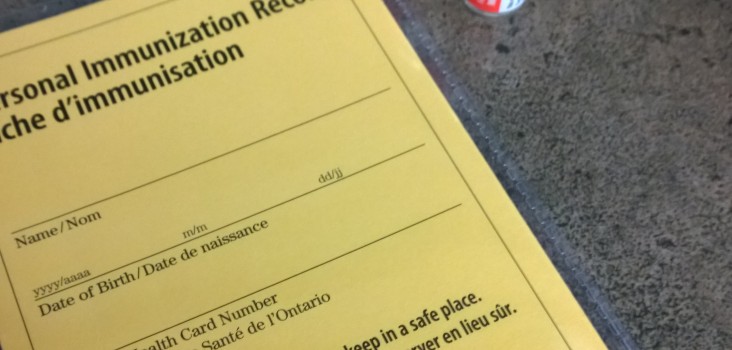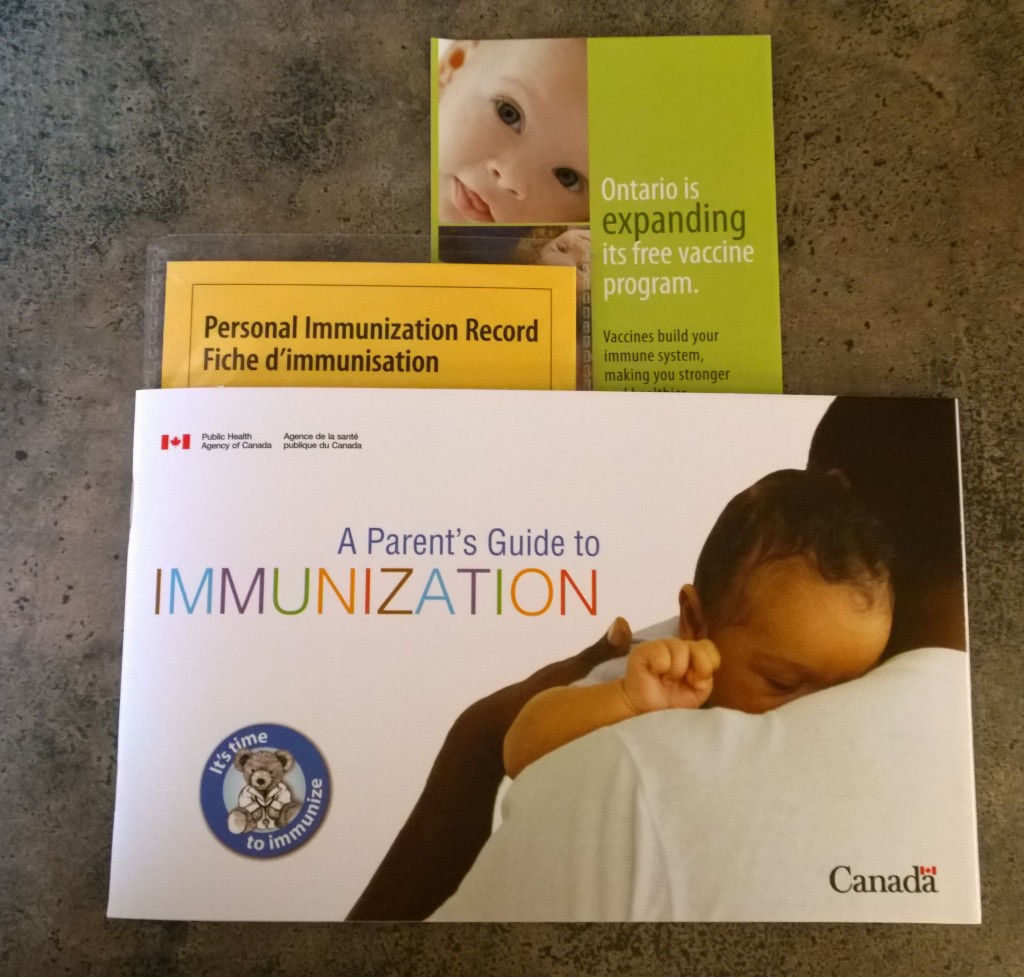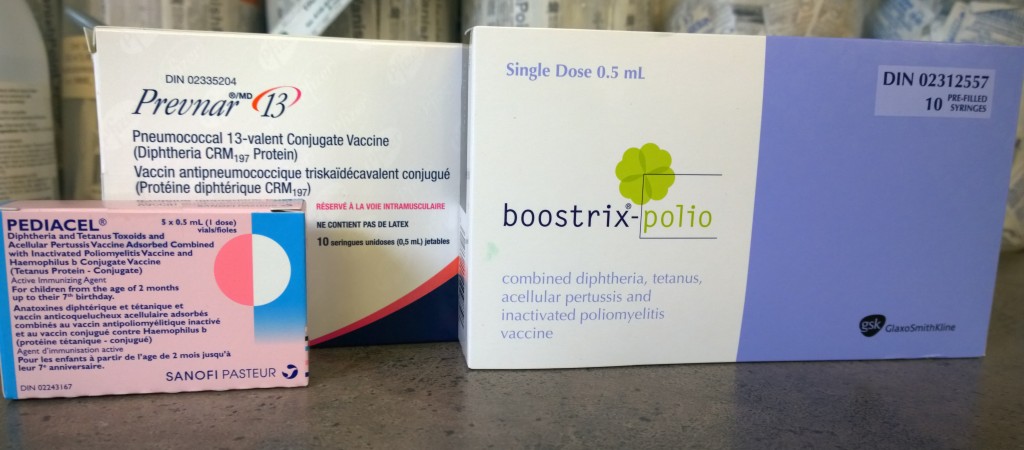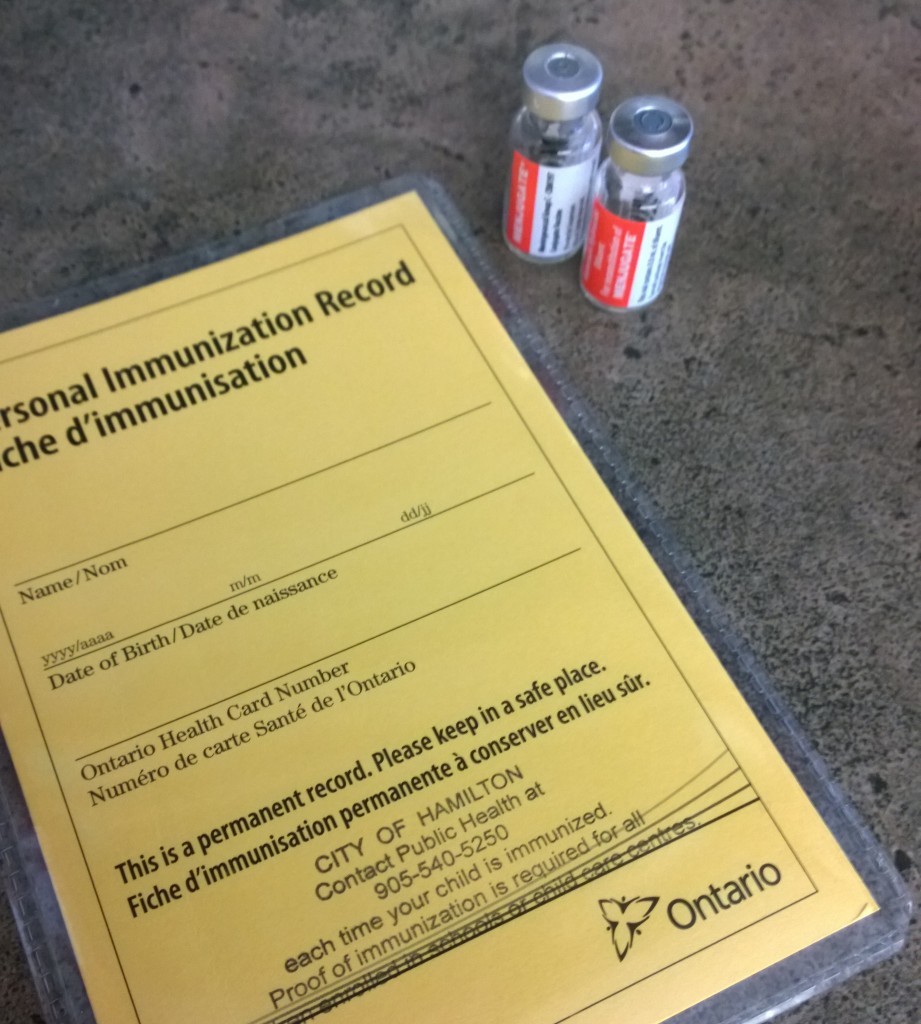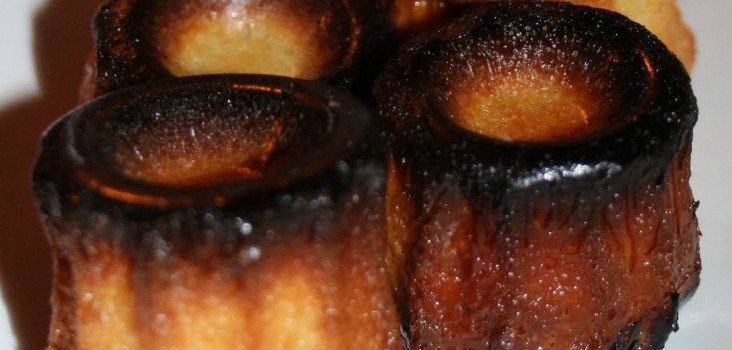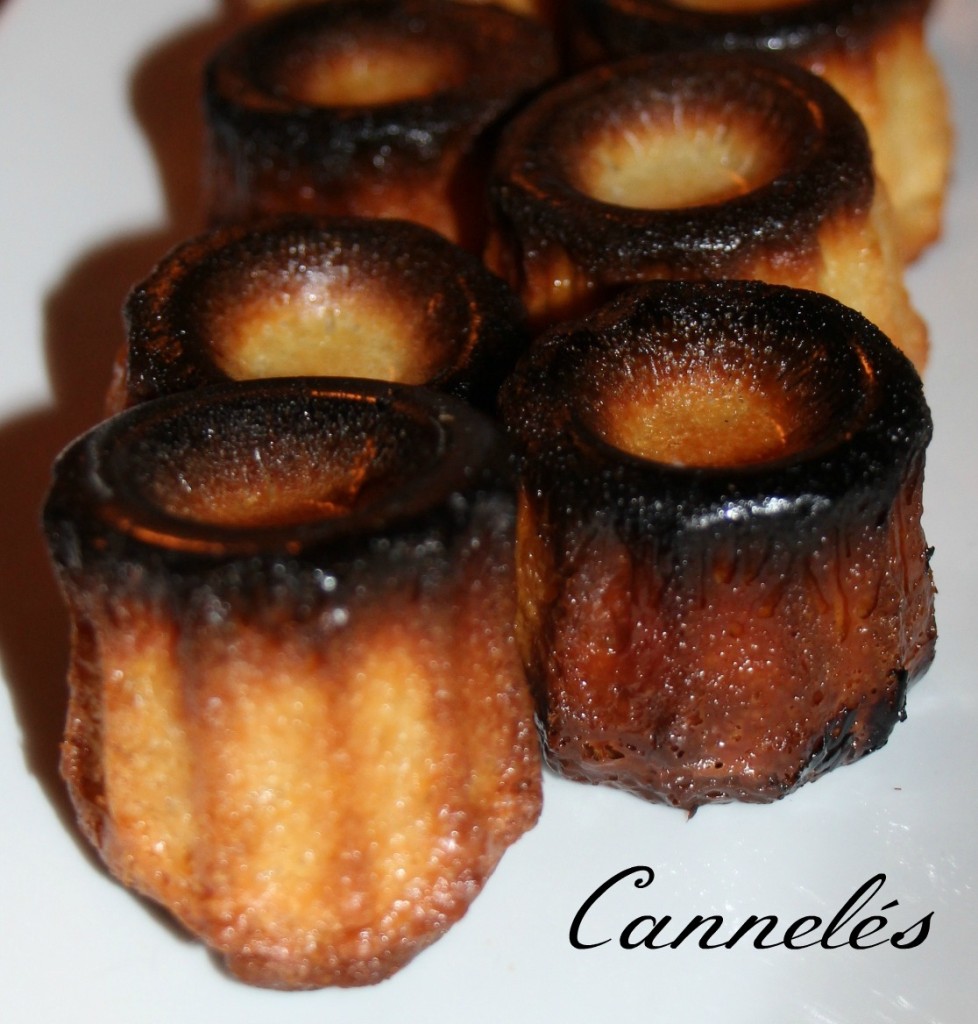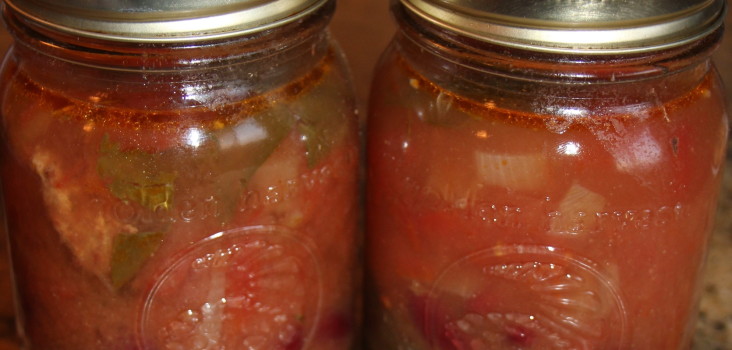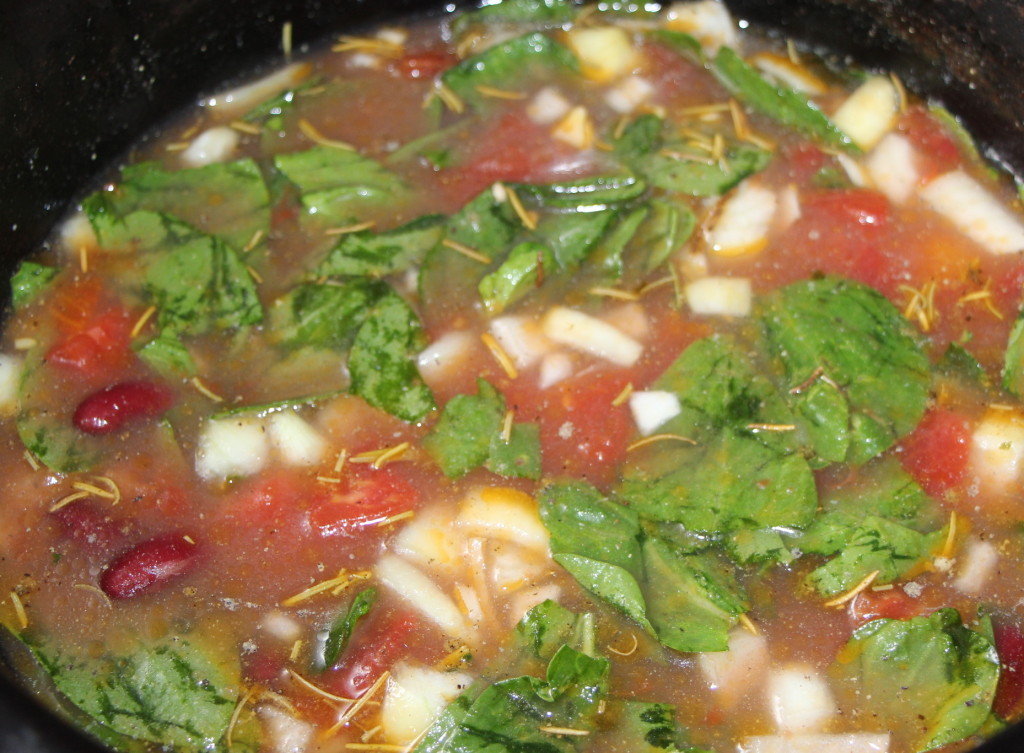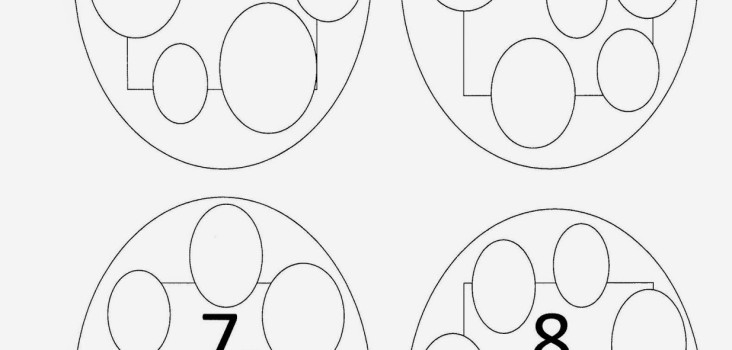Maximize Your Tax Return By Investing In Your Child’s Future With a Registered Education Savings Plan

As we find ourselves near the end of the tax season (and if you haven’t yet filed your taxes make sure you get on it now to avoid unnecessary late penalty fees!) you may have noticed a slight increase in your return.
Why are families seeing more on their return this year?
The Canadian government has recognized the growing costs of raising a family and has implemented new changes as well as credits to assist families. These changes include:
- New Family tax cut – families can claim a credit up to $2,000.
- Increased children’s fitness tax credit – this is a huge bonus for many families, as the amount eligible to claim is up to $1,000! This has helped out many families that I know personally as sports fees are not cheap at all. Our soccer fees alone this year for one child were $565 without even factoring in exhibition games, rental fees and more.
- An increase in the amount eligible to claim for child care expenses. For a child up to the age of seven, the amount has increased to $8,000. A child aged seven to sixteen can have child care expenses claimed up to the amount of $5,000.
- Universal Child Care Benefit increases! A monthly increase to $160 for children up to the age of six. Children six to sixteen receive $60 a month. This increase won’t be seen until July but it’s definitely something to look forward to in the next couple of months.
Talk about an exciting time for parents and families! With the rising costs of living and raising a family, these tax credits come in handy during the tax season in order to get the most out of your tax return.
While it is always exciting to receive a return perhaps instead of splurging (which I used to do all the time pre-kids not even going to lie about that one and it is still tempting now), why not instead maximize your return and invest in an RESP for your child?
What is an RESP?
A Registered Education Savings Plan (RESP) is a savings plan account used to save money to finance a child’s higher education.
A post-secondary education in Canada is expensive, but well worth it to help our child get where they want and need to go. In my first year of university, tuition was roughly $5,000 (not including supplementary fees) and my books costs me well over $1,000. This did not even include the smaller things that I needed (computer, paper or even groceries!). My experiences at university have shaped how I have approached saving for the future education of my own children. An RESP was the first account I opened for my boys after giving birth. I do not want them to have to live with the same financial constraints I had to while away at university.
Saving in a RESP Made Simple
Your first step is to register an RESP for your child, which can be as simple as making a phone call to a reputable RESP company, such as Heritage Education Funds. After you have chosen the right account for you and your child, the next thing to do is start saving!
Look for different ways to save:
- Contribute to the account monthly with an amount that you feel comfortable with. When we first opened up the accounts, we could only contribute $25 a month. As our finances changed, so did our contributions.
- Consider using the Universal Child Care benefit to pay into your RESP.
- Use your tax return to deposit into your child’s account.
- Take advantage of the government grants that are available to you – this is extra money for your child!
I still remember when I took this picture and time has flown by so fast since then. Soon enough, that will be a real car in the picture and perhaps they will be heading off to school! *tears* The best gift I can give them is their RESP’s to help further themselves once they leave our home.
How do you invest your tax return? How important is an RESP to your family?
Disclosure: I am a Heritage Mom. All opinions expressed are my own.


